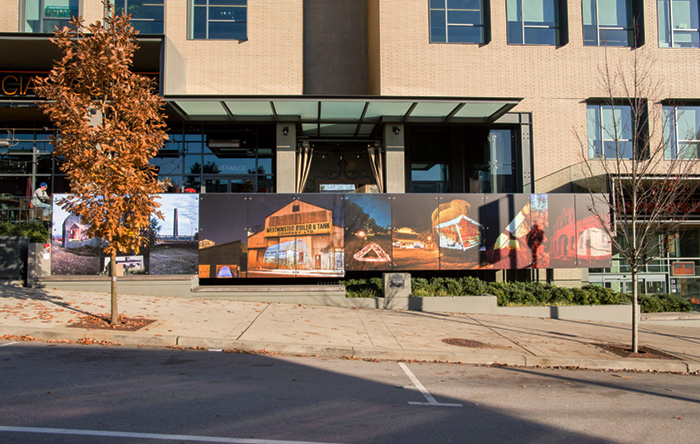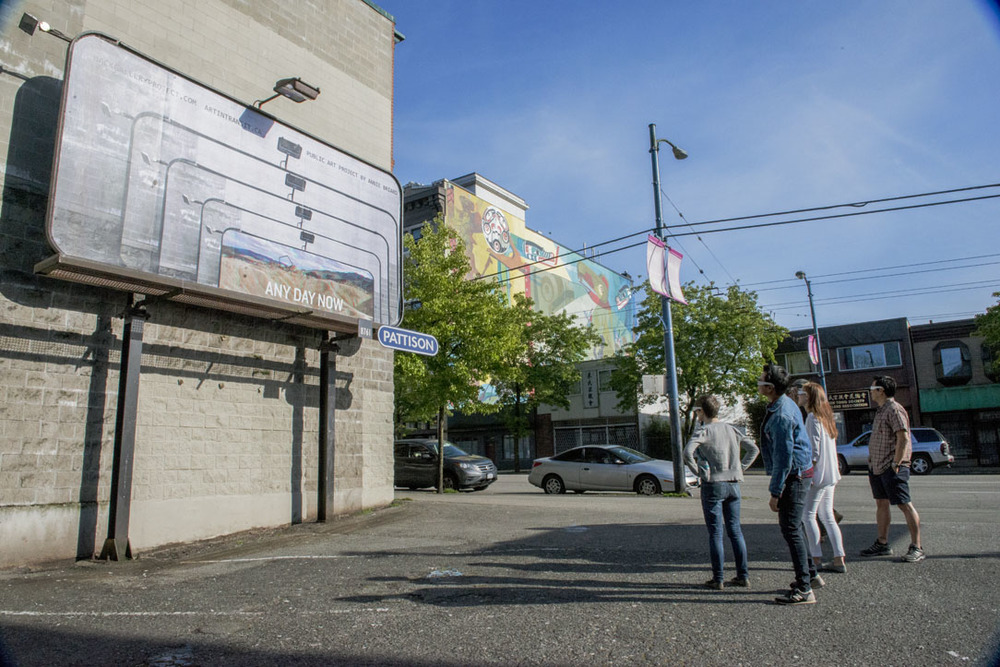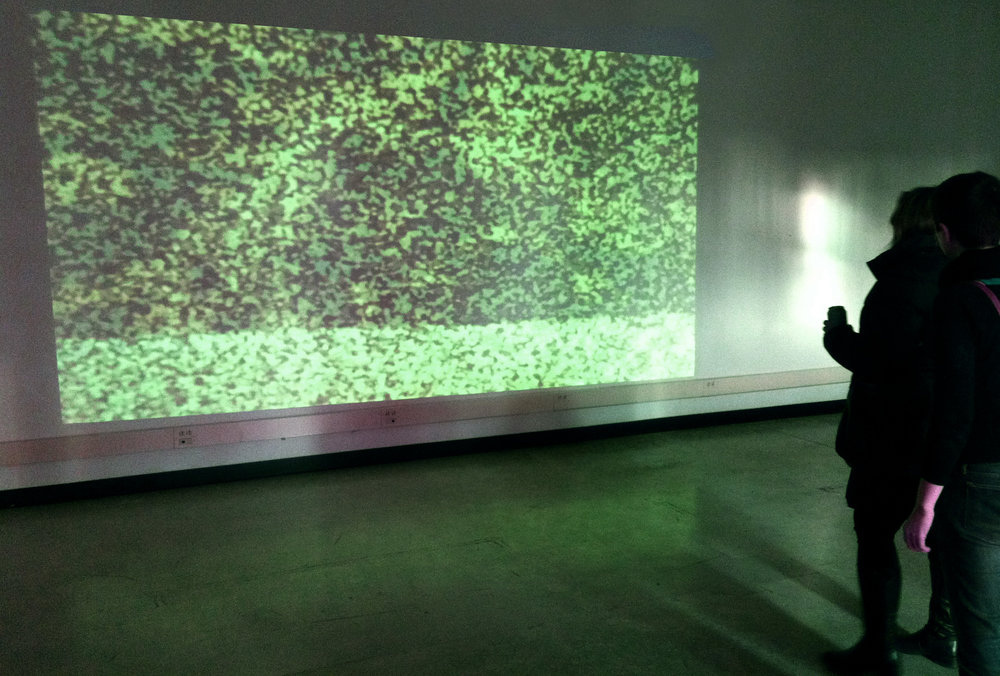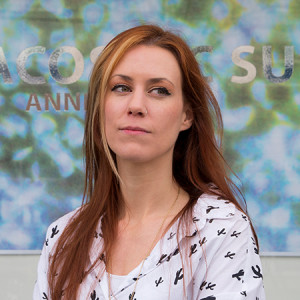I'm Annie Briard - a visual and media artist from Montreal, currently living in Vancouver BC. I research the process, ideologies and problematics of visual perception through conceptually-driven work in photography, video, installation, public art and sometimes interactivity.
Was choosing a career path difficult for you? When did you realize for sure that your profession was your genuine vocation?
I've been making art in some form since my earliest memories, as is the case for most artists, but an art therapist when I was a teenager encouraged me and curated a show of my work (basically bad, angsty paintings!) and taught me that not only could art be a career path, which I had never considered, but that she was certain it would become my life path. She was right. I’ve done many things since those days of course but art making, teaching and curating has always been a constant.

Who are the artists that influenced you at the beginning of your career and how much has the list changed since then?
At the beginning of my career I was drawn to artists working with the fantastical, like David Altmejd or Marcel Dzama for instance, but now I’m more interested in artists working with light, physics and memory. I keep a running list on my phone of artists whose work I stumble onto and feel affinity with or that resonates with my ideas and processes. It’s become kind of like a diary journaling where my practice is at; it’s over 200 people long at this point.

Tell me please about your most recent sources of inspiration. Could you recollect some episodes from your life when something has inspired you so much – any journeys, books, or people who influenced you.
My recent work has been greatly shaped and influenced by backpacking trips, where I spend weeks at a time living outdoors in difficult terrains like the deserts or snowy mountains. What I love about working in Vancouver is the easy access to natural environments. I can go to the beach in the morning, stop by a rainforest, and be on a glacier by late afternoon. Immersing myself into new environments is very important to my visioning process, so I also regularly undertake residencies, which have taken me to the Rockies, the Maritimes, in New York, LA, across Spain, and soon in Iceland. I also draw inspiration from books, mostly theories in psychology, neuroscience, existentialist philosophy, but a large part of my inspiration comes from affective moments and analyzing how I'm seeing what I'm seeing. This has led me to undertake experiments in perception such as spending time in sensory deprivation tanks, in self or hypnotist-induced trances, and so on. This juxtaposition of fairly extreme opposite focus on internal versus external visions shapes the projects I come up with.

A large part of my inspiration comes from affective moments and analyzing how I'm seeing what I'm seeing.
What is success for you, how do you recognize yourself whether some installations or prints are successful?
Externally, the world seems to understand success through an extreme capitalist lens unfortunately, and so the most successful artists in that sense are also the most boring in my view – all the work starts to look the same and no longer raises new dialogue; it caters to the status quo. I think success for myself is instead to be creating work that engages with the difficult questions I have, and which brings people together into conversation and reflection on who we are and how we understand the world. This is why I make art. I think these questions and conversations must always be pushed further, are unanswerable, so complete success is unachievable by this definition.
I think success for myself is instead to be creating work that engages with the difficult questions I have, and which brings people together into conversation and reflection on who we are and how we understand the world.
